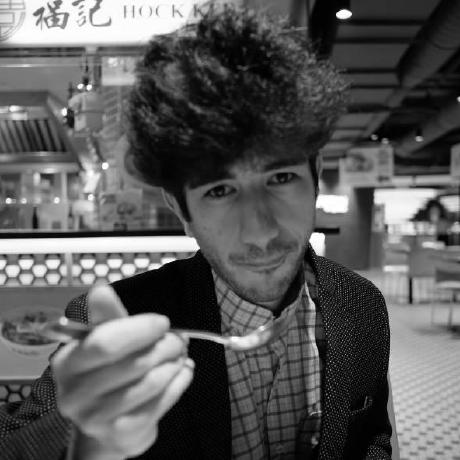Why to use lottie in React Native mobile development
Animations are essential for most of user interfaces. Human being naturally are used to see things change in transition, a leaf is falling down with an speed. No one expecting to see the leaf on the tree, and immediately on the ground.
Animations are essential for most of user interfaces. Human being naturally are used to see things change in transition, a leaf is falling down with an speed. No one expecting to see the leaf on the tree, and immediately on the ground.
For the very same reason, we build applications in a way that actions are happening in an animation sequence. Creating animations in dedicated softwares are easy, for example in AfterEffects, you have a time line, keyframes and tons of visual tools to create all kind of custom animations you want, and exporting them as Gif or many different formats.
In programming, creating animation is difficult, most of the time you are not able to see how the animation works until you run it, and you need to work with scripts, and selecting elements then using JavaScript build those sequences, like:
Animated.sequence([
// decay, then spring to start and twirl
Animated.decay(position, {
// coast to a stop
velocity: { x: gestureState.vx, y: gestureState.vy }, // velocity from gesture release
deceleration: 0.997
}),
Animated.parallel([
// after decay, in parallel:
Animated.spring(position, {
toValue: { x: 0, y: 0 } // return to start
}),
Animated.timing(twirl, {
// and twirl
toValue: 360
})
])
]).start(); // start the sequence group
Animating using scripts like this might be only option for some actions, but it has drawbacks such as:
- You are limited. It's only allowing some parameters of elements to be animated, such as transform, opacity
- Only a programmer can adjust these. You loose all talent that UI/UX team has built in years.
- It's not supporting advanced animations. If you want to create an envelop being closed after user clicking on "Send mail" button, it's gonna take hours and hours of work, if even possible after all.
Designing animations in AfterEffects
An alternative to all these problems is to design animations in an advanced tool such as AfterEffecs. Using plugin called lottie, you can export the 2d motion graphics into a json format, which later allows you to use it in Web, React Native or desktop applications
For example we created PixelPlux logo animated:
Or you can take a look at my design for Github logo:
Effects on the Mobile Project.
Using Lottie animations, specially well built ones, increases the user experience quality, for tasks such as processing a payment, searching for content, giving news bullitens and many more.

